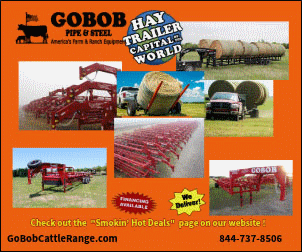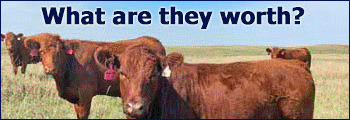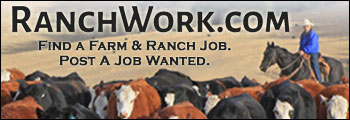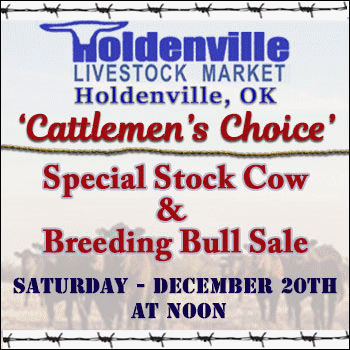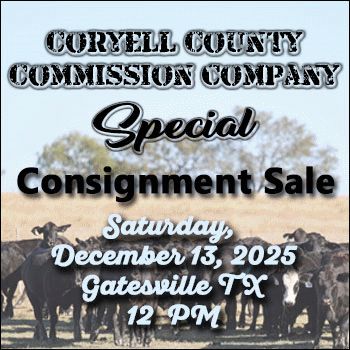Mark Z. Johnson, Oklahoma State University
Cattle production is the most important U.S. agricultural industry, consistently accounting for the largest share of total cash receipts for agricultural commodities. In 2024, U.S. cattle production represented about 22 percent of the $515 billion in total cash receipts for agricultural commodities. With rich agricultural land resources, the United States has developed a beef industry that is largely separate from its dairy sector. The U.S. beef industry is unique when compared with countries. In addition to having the world's largest cattle finishing industry, the United States is also the world's largest total consumer of beef. Primarily high-quality, grain-fed beef. The U.S. beef cattle industry is segmented and has a long production cycle.
The cow-calf sector serves as the source of calves that will eventually become beef, the product. This sector maintains a herd of beef cows for raising calves. Most calves are born in spring and weaned at 3 to 7 months. Following the weaning stage, calves can move through the production chain in several different ways. Select heifer and bull calves may be retained and developed as breeding stock. If additional pasture forage is available at weaning, (typical of Oklahoma winter wheat grazing), calves may be retained for further grazing and growth until the following spring then sold as yearlings. Yearlings then move into the finishing segment and are typically fed to finish to a compositional endpoint offering the best trade-off between Quality Grade and red meat yield. Throughout the United States, cow-calf operations are located on land that is not typically suited or needed for crop production. These operations depend on range and pasture forage conditions, which vary a great deal across the U.S. based on the area’s rainfall and temperature. Beef cows graze on forage from grasslands to maintain themselves and raise a calf with very little, if any, grain input. The cow is maintained on pasture year-round, as is the calf until the calf is weaned. Based on USDA, NASS 2022 Census of Agriculture data, the average beef cow herd size is 47 head. Operations with 50 or fewer head likely coexist alongside other income streams, or the operations provide supplemental income to off-farm employment. Operations with 100 or more beef cows compose 10.5 percent of all beef operations and 60.5 percent of the beef cow inventory.
As indicated in figure 1 above, the current inventory of cows in the U.S. is historically low. This coupled with robust consumer demand for high-quality beef results in historically high value for beef and all classes of live beef cattle. In terms of tonnage, consumer demand is currently being supplied through finishing cattle to historically heavier carcass weights than ever seen during the modern feedlot era.
The biological time lag of beef production is such that if we selected a high percentage of our current heifer calves to develop as replacements. Next spring (2026), those properly developed replacement heifers would be ready to breed by 14 – 15 months of age. The following spring, those heifers would calve at two years of age (Spring, 2027). Those calves would be ready to market at weaning in the fall. Those calves would become yearlings in 2028 and eventually become marketed as finished “A Maturity” finished cattle or beef carcasses six to eight months after entering the feedyard. Bottomline: when we begin to retain heifers (on a large scale), we are a couple of years away from increasing the cow inventory, and at least 30 months away from increasing the supply of weaned calves, and so on, regarding yearlings and fed cattle. That being stated, the basic fundamentals of supply and demand favor strong prices for all categories of cattle until cow inventory begins to increase, and that will take some time.
Reference: https://www.ers.usda.gov/topics/animal-products/cattle-beef/sector-at-a-glance
Articles on The Cattle Range are published because of interesting content but don't necessarily reflect the views of The Cattle Range.



